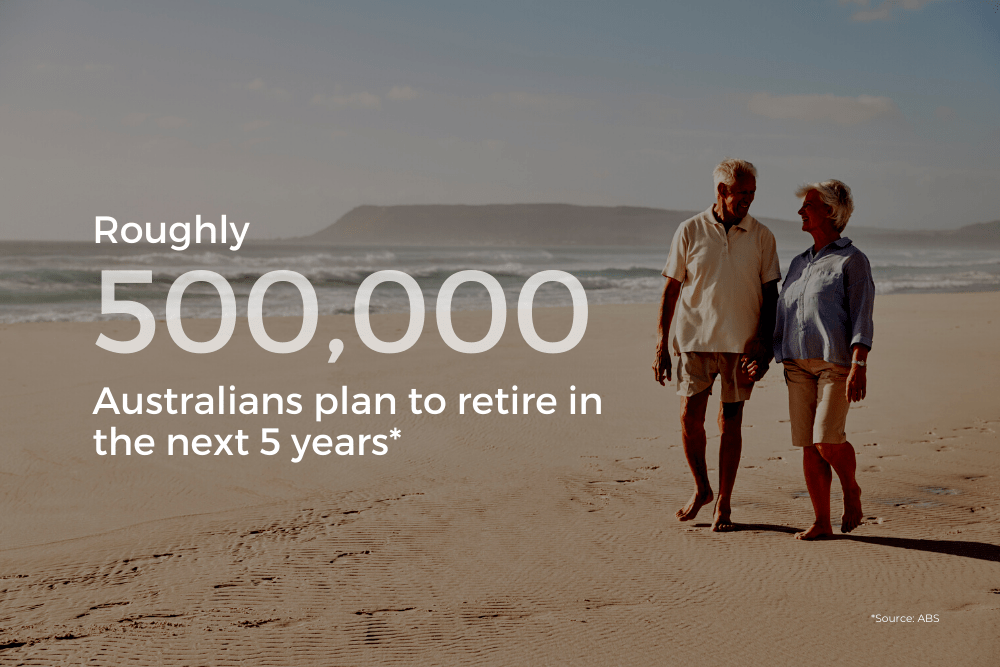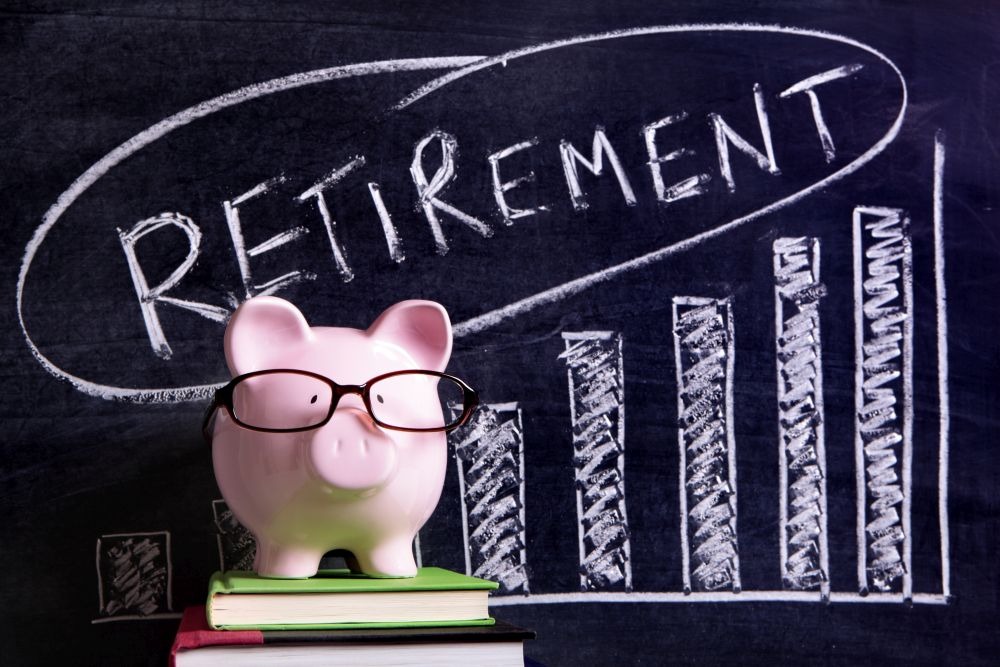Should you merge your finances with your partner?
The pandemic has changed many aspects of our daily lives, and romance is no exception. While lengthy separations have led some relationships to end, other couples are choosing to move in together more quickly than they might have expected. If you’re planning on living together, you might be wondering whether to merge your finances. Combining money is a big step for any couple, and not something that has to be tackled all at once. There are several ways to share money as a couple, and you might like to take it in stages. Before you merge your finances It’s important to be honest, open and transparent about your financial situation and expectations upfront. Money can become a source of tension in relationships, often due to mismatched values, poor financial habits or financial infidelity. Before merging your finances, set aside a time to talk about your current financial situation, including any debts or bad spending habits. Discuss your shared goals and vision for the future. Put a financial plan in place to help you get there. And work out which approach to sharing money will work best for both of you, so that you can set up your accounts to manage household expenses. Also keep in mind that once you’ve been living together in a relationship for a period of time, you’re considered to have a spouse for legal and financial purposes. This can have implications for your tax returns, government rebates and benefits, and, in the event of a split, can affect how your assets are divided up. Ways to share money If you’re planning on moving in together, you’ll need to work out how you’d like to pay for your household expenses. There are a few different approaches to combining money, and each has its pros and cons. Here are some ideas to help you get started: Proportional method In this approach, each member of the couple contributes to household expenses in line with what they earn. For example, if one partner earns $100,000 a year, which is 66 per cent of the household income, and the other earns $50,000, which is 33 per cent of the household income they would each contribute accordingly. That means, if the monthly bills come to $3000, then the higher earning partner pays $2000 (66 per cent), while the other partner pays $1000 (33 per cent). Pros: In this scenario, both partners spend the same percentage of their income towards bills, expenses and entertainment, while keeping what’s left over for themselves individually. That means you can both enjoy a better lifestyle than you could if you kept your money separate. It also relieves the stress of trying to keep up with a higher earning partner, or ‘budget down’ to the level of the lower earning partner. Cons: One possible drawback to this method is that the higher earning partner could start to feel resentful about contributing more, or you could get into disagreements about whether an expense should be joint, or personal. Equal shares In this system, expenses are split down the middle, regardless of who earns what. You keep the rest of your income to spend how you like. That means you’re also responsible for paying down debts you’ve racked up on your own – your finances are essentially separate. Pros: This is a great option for people who value their independence, especially in the early stages of a relationship. Neither partner feels like they are contributing too much,or being subsidised. Cons: If there’s a big disparity in incomes, this can limit your lifestyle to that of the lower earning partner. It’s also not a realistic way to manage many of life’s major events, for example, if you want to buy a home you’ll need all of your borrowing power. Or, if one partner needs to take time off work to have children, you’ll need to reassess the arrangement. Going all in Another option is to combine all of your finances. Couples who use this method only have joint bank accounts and credit cards, shared loans and so on. Each partner’s income is deposited into a joint account, and all of your household and personal expenses are paid from a joint account. Pros: Both partners have complete transparency over the household finances. It’s also simple to manage, as you don’t need to worry about splitting bills. Having an overview of your whole financial situation can also help with financial planning and money management. Cons: This approach can cause friction if your values and spending behaviour aren’t aligned. One partner can become resentful of the other’s spending, or, disagree with individual purchases they want to make. As you can see, there’s no right or wrong way for couples to share their money. The most important thing is to keep talking regularly about your finances, and review and alter your approach over time, as your needs change. Source: FPA Money and Life










